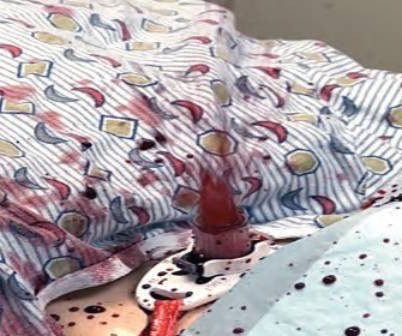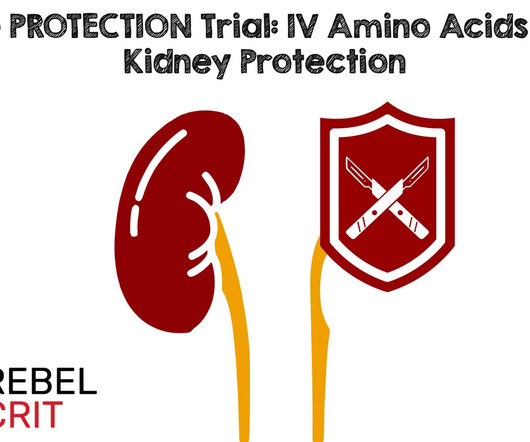EM@3AM: Stercoral Colitis
EMDocs
JANUARY 11, 2025
2, 8-10, 14 The clinical symptoms range from vague abdominal pain to florid septic shock and peritonitis secondary to bowel perforation. Operative management is necessary for signs of peritonitis, evidence of perforation, extensive bowel involvement >40cm, or after failed medical management. link] Chakravartty, S.,





























Let's personalize your content